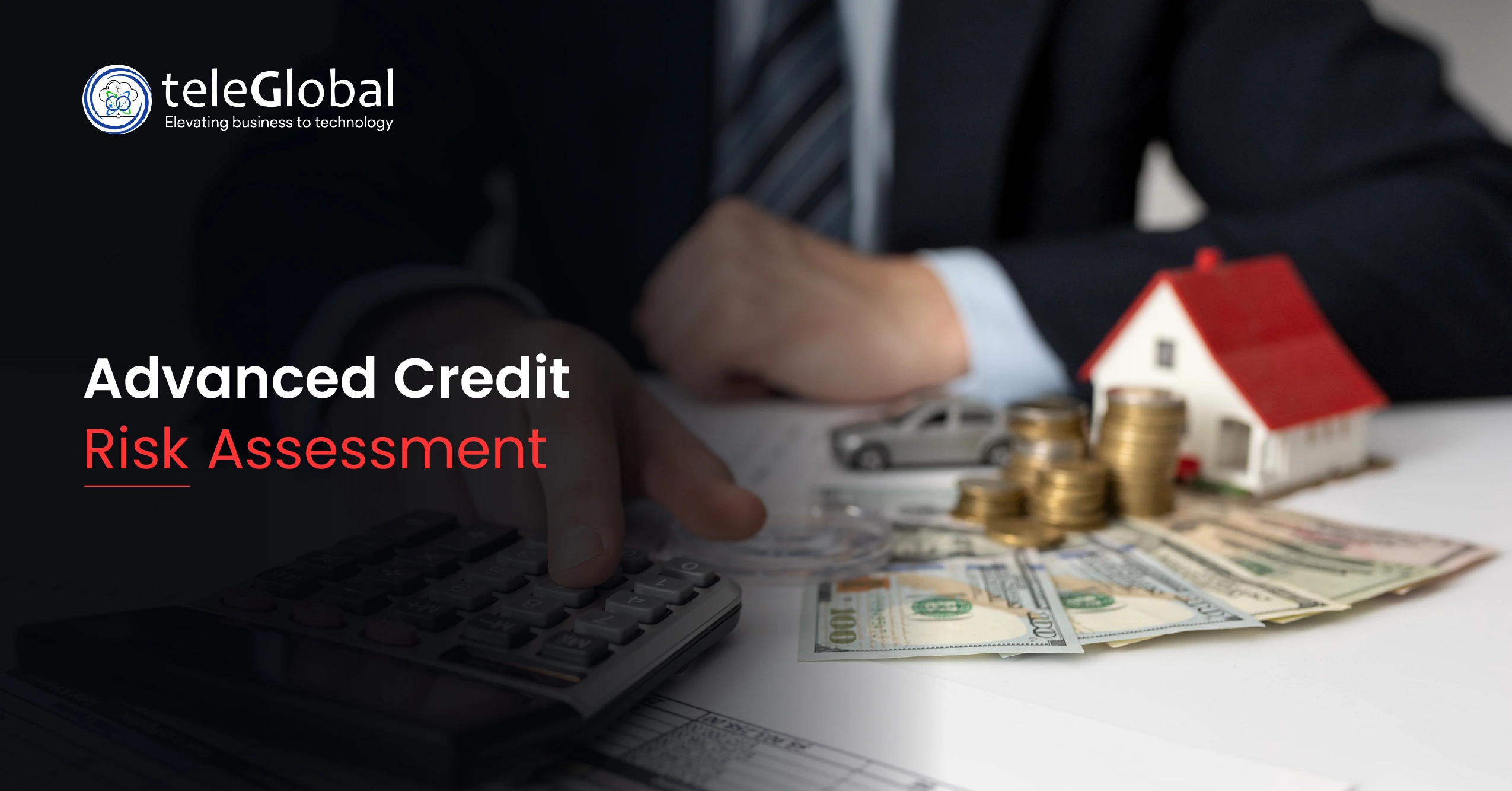
The lending market has grown more competitive, yet many institutions still depend on outdated credit scoring models. These models often rely only on traditional credit bureau records. While useful, they ignore other valuable data points that can give a fuller picture of financial behavior.
One large lender faced this exact problem. Their loan portfolio showed rising default rates even though approved applicants had acceptable credit scores. At the same time, many potential customers were rejected simply because they lacked a long borrowing history. This included young professionals, gig workers, and small businesses with informal revenue streams.
The institution was caught between two losses. They were carrying high non-performing loans, and they were turning away underserved but creditworthy customers. Approval delays made things worse, frustrating both borrowers and staff. Loan decisions that should have taken hours often dragged into days.
The leadership realized their credit risk assessment process had serious gaps:
It was clear that continuing with outdated scoring would erode market position. The institution needed a smarter, faster, and more inclusive way to measure risk.
TeleGlobal was brought in to modernize the lender’s credit risk assessment framework. The objective was simple but challenging:
The project began with a collaborative review of the client’s systems. We studied approval workflows, default data, customer segments, and regulator feedback. The conclusion was clear: old scoring rules ignored valuable information that could differentiate high-risk from low-risk applicants.
One of the most powerful changes came from expanding the data sources used in scoring.
Instead of only looking at credit bureau files, the new system included:
This data gave a 360-degree view of borrower behavior. Applicants who previously looked risky due to limited bureau records could now show a stable repayment history through alternative channels.
To make sense of this expanded data, we designed a new advanced credit scoring model.
Instead of relying on a single method, the system used ensemble techniques. Multiple models worked together, blending the strengths of both traditional statistics and modern machine learning.
The result was a fraud-resistant and bias-aware model that predicted defaults more effectively while remaining explainable.
Speed was a major goal. Loan applicants wanted fast approvals, not days of waiting.
We integrated the new system into the client’s loan origination platform. When an application was submitted, the risk score was generated in real time. Staff could view not only the score but also the reasoning behind it.
This transparency built trust. Risk managers no longer felt like they were accepting a black box decision. Instead, they could see which factors drove each score and explain them to auditors when needed.
Beyond scoring, we automated large parts of the risk assessment workflow. Routine checks, data pulls, and risk flagging were streamlined. The new system linked with customer relationship management (CRM) tools, giving loan officers a complete view of applicants in one place.
This reduced the workload on staff, cut down manual errors, and allowed teams to focus on complex cases that required human judgment.
The transformation delivered measurable results across the board:
For the lender, this meant reduced risk, more revenue, and stronger customer trust.
The change was more than technical. It redefined how the institution approached lending.
By moving beyond outdated scoring, the lender positioned itself as a forward-looking institution capable of sustainable growth.
This case study proves that advanced credit risk assessment is not only about technology. It is about creating fair, transparent, and fast lending practices. By combining alternative data in lending with smart models, TeleGlobal helped a lender reduce defaults, widen access, and improve regulatory confidence.
With this system, the lender positioned itself as a trusted, modern institution ready to serve both traditional and underserved customers.
 close
close

Hi there! At TeleGlobal, we turn your cloud vision into AI-accelerated reality. What challenge can we help you solve?
Powered by ![]() teleBot
teleBot